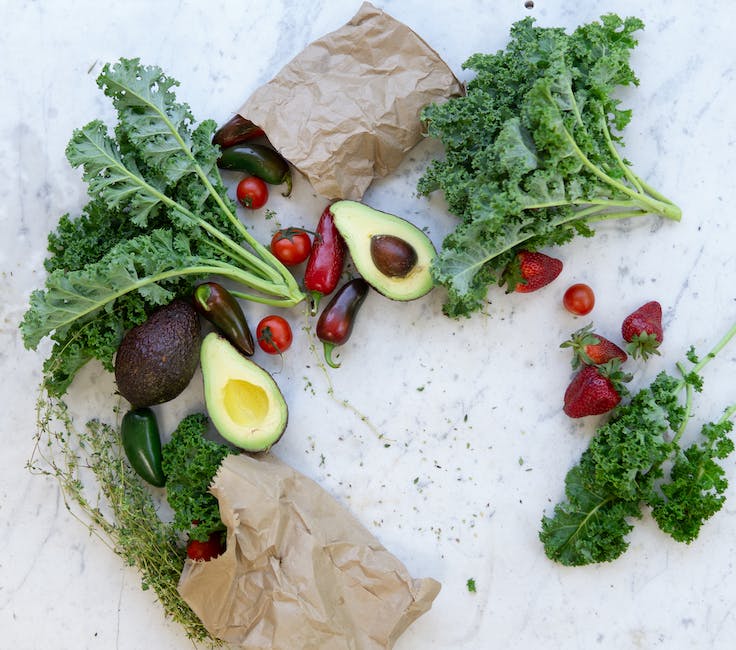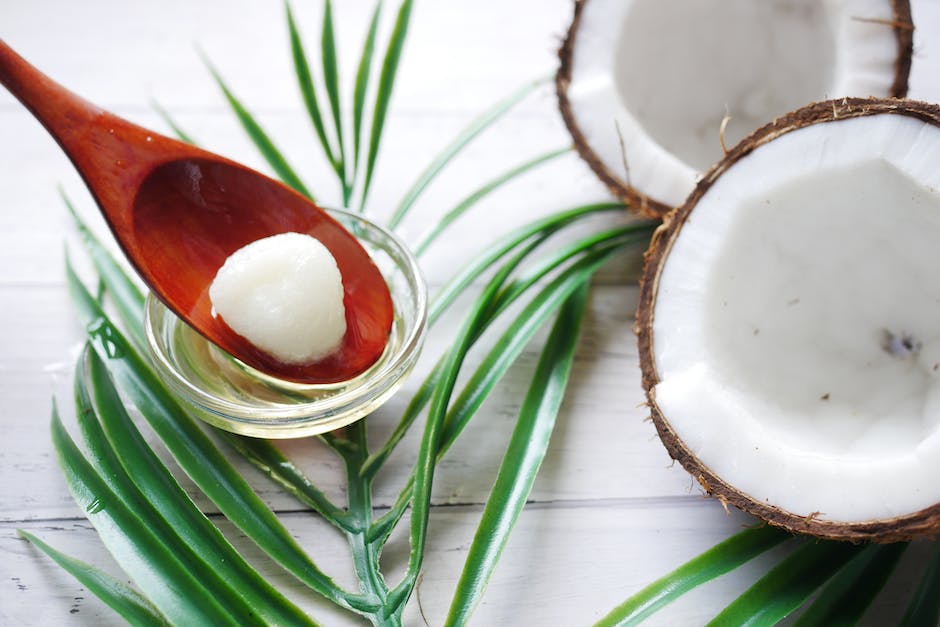
If you’re looking for the perfect list of keto-friendly foods to help keep your diet on track, look no further! We’ve put together the ultimate keto shopping list, containing all the delicious, low-carb options you’ll need to help you stick to your goals. Keep this handy list close by, and you’ll never find yourself stuck at the grocery store without a delicious snack or meal idea!
1. Ready, Set, Keto! A Complete Grocery List for the Perpetually-Curious
From the Fruits and Veggies Aisle:
Eating healthy doesn’t mean eating boring! Shopping for keto-friendly produce leaves plenty of room for creativity and experimentation. Fill your basket with nutrient-dense veggies – broccoli, Brussels sprouts, peppers, and cauliflower are all superstars – as well as all the fresh fruits that are low in sugar. Adding nutrient-rich ingredients like pumpkin, yams, spinach, asparagus, kale, and zucchini into your meals will make you feel like a champion!
Meats and Eggs:
Real food recipes often require quality ingredients to maintain the deliciousness. When considering meats, don’t just limit yourself to beef – try out some salmon, tuna, and chicken. For the vegetarian folk, opt for food items like:
- Beans and lentils
- Tofu and tempeh
- Eggs
These protein-packed powerhouses will do wonders when trying to create extraordinary and healthy meals. Don’t forget to stock up on free-range eggs that are high in omega-3s!

2. From Nuts to Seeds: Crunch Your Way to Keto-Friendliness
Nuts and seeds are a fantastic way to make sure your Ketogenic diet is as tasty as it is effective. Walnuts, almonds, pumpkin seeds, cashews and sunflower seeds are all great options for providing essential vitamins, minerals and healthy fats. Here’s why they’re great options:
- Nuts and seeds provide a good source of dietary fibre, essential for providing sustenance and keeping your gut healthy.
- They have a high-fat content, helping to keep your body in ketosis.
- They are a great source of flavour, helping you to enjoy your diet even more.
Whether you are looking for a savoury crunch to accompany a salad, as a topping for oatmeal or as a healthy snack between meals, nuts & seeds offer the perfect solution. An added bonus is that they can be stored and stay fresh for some time, making them a convenient option for busy lifestyles. As you’re snacking your way into ketosis in no time, just remember to take a sensible approach to portion sizes!
3. Fats, Proteins, and Dairy — Oh My! Shopping for Optimal Nutrition
Eating healthy can be quite tricky when you can’t tell which products will give you the boost you need. Now, if you separate the items in good fats, lean proteins, and dairy, shopping for optimal nutrition becomes so much easier!
Healthy fats, like those found in nuts, olive oil, or avocados, are a great source of energy for your body. They must be eaten in moderation, though, as part of a balanced diet. And why not pick an option that has been certified by a recognized third party? It’s worth the extra few dollars to know that what you eat is of the highest quality.
Proteins are all around you. A good place to start is beef, chicken, and other lean meats. Don’t forget about fish, either! Not only is it high in proteins, but it’s packed with essential vitamins and minerals that are essential for your body’s well-being. Be sure to check out the labels for low-fat options.
For dairy products, the goal is to get low-fat items. Consider yogurt, light cheese, and skim milk. You can still get plenty of nutrients from these with less saturated fat.
- Nuts
- Olive oil
- Avocados
- Beef
- Chicken
- Fish
- Yogurt
- Light cheese
- Skim milk
By following this advice, you can soon become a pro at shopping for optimal nutrition!
4. Shopping Keto-Style: Carbs No More!
Going on a keto diet means knowing what to buy and what to pass on when you go grocery shopping. To find the right foods, you’ll have to check the labels, and start being extra mindful of what’s in your shopping cart! Here are some tips to help you make the most of your trip to the grocery store:
- Snatch up all veggies, preferably organic if you can.
- Look for proteins like fish, poultry, pork, and eggs that are free from additives.
- Venturing into the fat aisles yields excellent options like avocados, coconut oil, cheese, and nuts.
- When it comes to snacks, read the labels and watch out for sugars and preservatives.
Essentially, your new favourite grocery store aisle will be low-carb and unprocessed! Instead of counting calories, you’ll be tracking the amount of carbs in your shopping cart! Dinner staples should be a combination of healthy fats, proteins, and vegetables. Opt for whole grain breads if you need a little carbs, but be realistic with your goals.
At the end of the day, it’s all about what you eat — reading the labels carefully is essential for your success in keto shopping. The stricter you can be with your grocery list, the easier it will be to settle into the ketogenic lifestyle. Good luck!
5. Keep Your Keto Quest Going: Get the Grocery List that Keeps On Giving
Now that you have a better understanding of the keto diet and lifestyle, it’s time to make sure you’re stocked with the right grocery list to keep your keto quest going. Stocking your kitchen and pantry with the best, low-carb ingredients is a necessity, and with this list, you’ll always be one step ahead!
- Low-carb vegetables: zucchini, cucumbers, green beans, spinach, asparagus, mushrooms, kale and others.
- Low-carb fruits: blueberries, raspberries, strawberries, avocados, lemon, limes.
- Nuts and Seeds: Macadamias, walnuts, almonds, hazelnuts, hemp and chia seeds.
- Fats and Oils: Coconut oil, olive oil, avocado oil, grass-fed butter.
- Low-carb Protein Sources: Fish, beef, pork, poultry, eggs, tofu, tempeh.
For snacks, you’ll find plenty of keto-friendly alternatives to get your hands on. Options like full-fat Greek yogurt, pork rinds, and smoothies with low-carb protein powders are great for munching between meals. There’s no shortage of keto-friendly treats, so be sure to get creative and diversify your meals!
Q and A
Q: What is the most important item on a keto shopping list?
A: The most important item on a keto shopping list would have to be high-quality proteins. Protein is essential for building and repairing muscle tissue, and it can also help keep you fuller for longer. Additionally, animal-based proteins – such as meat, eggs, and dairy products – are especially important for a keto diet as they provide key vitamins, minerals, and healthy fats.
Q: Are there any vegan foods I should add to my keto grocery list?
A: Absolutely! The keto diet doesn’t necessarily require animal-based proteins, so there are plenty of vegan options you can include as part of your keto shopping list. Some great vegan favorites include nuts and nut butters, seeds, avocado, tofu, and tempeh. All of these plant-based foods are high in healthy fats and can help you reach your macronutrient goals.
Q: What are the healthiest fats to include on a keto diet?
A: Choosing healthy fats is an important part of the keto diet. Foods that are especially high in healthy fats include olive oil, coconut oil, avocados, and nuts and seeds. These types of fats provide your body with essential nutrients and can help keep your energy and blood sugar levels stable. Additionally, these foods are very versatile and can be incorporated into many recipes.
So there you have it—all the foods you need to make the perfect keto shopping list! With a few extra trips to the store, you’ll be on your way to feeling and looking your absolute best in no time. Happy shopping!